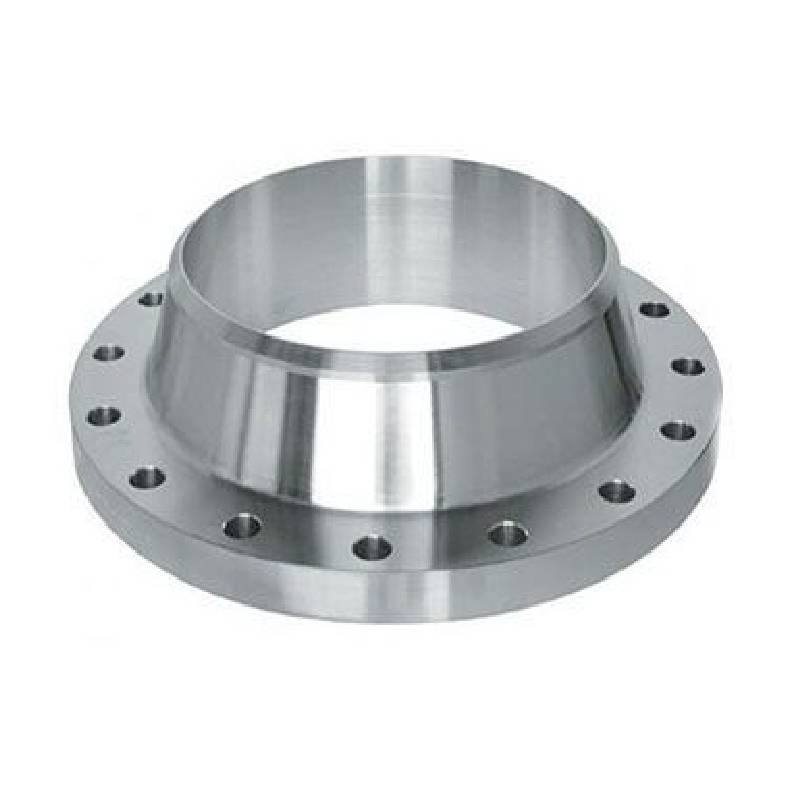-
Cangzhou Yulong Steel Co., Ltd.
-
Phone:
+86 13303177267 -
Email:
admin@ylsteelfittings.com
- English
- Arabic
- Italian
- Spanish
- Portuguese
- German
- kazakh
- Persian
- Greek
- French
- Russian
- Polish
- Thai
- Indonesian
- Vietnamese
- Zulu
- Korean
- Uzbek
- Hindi
- Serbian
- Malay
- Ukrainian
- Gujarati
- Haitian Creole
- hausa
- hawaiian
- Hebrew
- Miao
- Hungarian
- Icelandic
- igbo
- irish
- Japanese
- Javanese
- Kannada
- Khmer
- Rwandese
- Afrikaans
- Albanian
- Amharic
- Armenian
- Azerbaijani
- Basque
- Belarusian
- Bengali
- Bosnian
- Bulgarian
- Catalan
- Cebuano
- China
- China (Taiwan)
- Corsican
- Croatian
- Czech
- Danish
- Esperanto
- Estonian
- Finnish
- Frisian
- Galician
- Georgian
- Kurdish
- Kyrgyz
- Lao
- Latin
- Latvian
- Lithuanian
- Luxembourgish
- Macedonian
- Malgashi
- Malayalam
- Maltese
- Maori
- Marathi
- Mongolian
- Myanmar
- Nepali
- Norwegian
- Norwegian
- Occitan
- Pashto
- Dutch
- Punjabi
- Romanian
- Samoan
- Scottish Gaelic
- Sesotho
- Shona
- Sindhi
- Sinhala
- Slovak
- Slovenian
- Somali
- Sundanese
- Swahili
- Swedish
- Tagalog
- Tajik
- Tamil
- Tatar
- Telugu
- Turkish
- Turkmen
- Urdu
- Uighur
- Welsh
- Bantu
- Yiddish
- Yoruba

Oct . 11, 2024 23:17 Back to list
hose flange
Understanding Hose Flanges A Key Component in Fluid Transport
In the world of fluid transport, hose flanges play a vital role in ensuring the efficient transfer of liquids and gases across various industrial sectors. These specialized components are designed to provide a secure and leak-proof connection between hoses and other equipment, making them essential for applications ranging from manufacturing and agriculture to automotive and aerospace industries.
Hose flanges are typically made from durable materials such as stainless steel, aluminum, or plastic, depending on the specific requirements of the application. The selection of material is crucial as it directly impacts the flange’s performance, durability, and resistance to corrosion or wear. For instance, stainless steel flanges are ideal for high-pressure systems or corrosive environments, while plastic alternatives may be suitable for less demanding conditions.
The design of hose flanges can vary widely, but they generally consist of a flat, circular plate with holes for bolts that secure the flange to the corresponding pipe or equipment. The flange also features a raised or flat surface, known as the face, which aligns with the hose to create a tight seal. This sealing capability is critical for preventing leaks, which can lead to safety hazards, equipment damage, or loss of valuable resources.
hose flange

One of the most significant advantages of using hose flanges is their ability to provide a flexible connection
. Unlike rigid piping systems, hose flanges allow for movement, accommodating vibrations, thermal expansion, and other dynamic forces that may occur in industrial settings. This flexibility is especially important in applications where equipment may shift or where pipework requires adjustments over time.Another important aspect of hose flanges is their compatibility with various hose types. The flanges are designed to work with different hose materials, including rubber, PVC, and silicone, ensuring versatility across multiple applications. This adaptability is critical for industries where specific fluid types or temperatures must be managed, and it allows for easy assembly and disassembly during maintenance.
Installation and maintenance of hose flanges are relatively straightforward, but attention to detail is essential. Proper alignment and torque specifications must be observed during installation to avoid leaks or structural failures. Regular inspections are also recommended to check for wear and tear, ensuring the longevity of the connection.
In conclusion, hose flanges are indispensable in the realm of fluid transport, offering secure, flexible, and reliable connections for a myriad of applications. As industries continue to evolve, the demand for efficient and safe fluid handling solutions will only grow, reinforcing the importance of understanding and utilizing hose flanges effectively. Whether in a factory, farm, or workshop, these components facilitate the smooth operation of essential processes, making them key players in industrial efficiency and safety.
Latest news
-
ANSI 150P SS304 SO FLANGE
NewsFeb.14,2025
-
ASTM A333GR6 STEEL PIPE
NewsJan.20,2025
-
ANSI B16.5 WELDING NECK FLANGE
NewsJan.15,2026
-
ANSI B16.5 SLIP-ON FLANGE
NewsApr.19,2024
-
SABS 1123 FLANGE
NewsJan.15,2025
-
DIN86044 PLATE FLANGE
NewsApr.19,2024
-
DIN2527 BLIND FLANGE
NewsApr.12,2024
-
JIS B2311 Butt-Welding Fittings LR/SR 45°/90° /180°Seamless/Weld
NewsApr.23,2024











